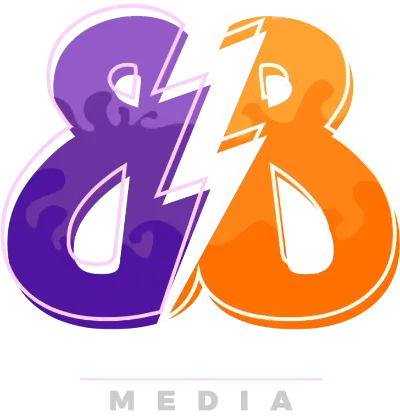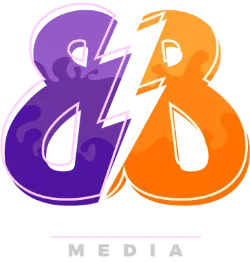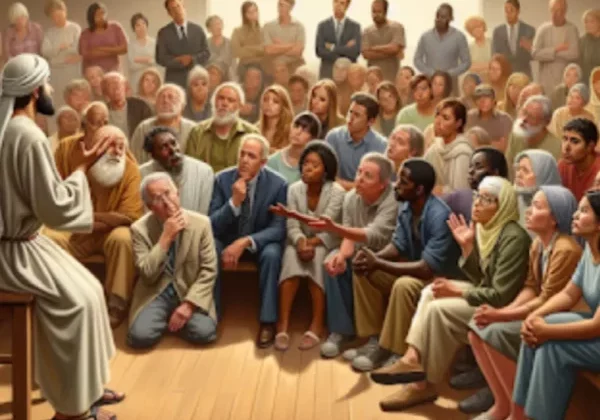Here’s Everything You Need to Know About the Bible!

SHARE
Did you know that the Holy Bible has been known as the most read book in the world?
In 2012, American novelist James Chapman put up a list of the most read books in the world. He found that the Bible sold billions of copies over the last five decades.
The Bible is also tagged as the best-selling book of all time by the Guinness World Records.
This may come as no surprise if you look at the Bible’s rich history, compelling yet somewhat controversial content, and its legacy and impact not only on Christians but on people all over the world.
We’ve all seen and heard about the Bible in general and pretty much know what it is about. You’ve most likely listened to some popular parables when you were kids. But how much of the Bible do we really know?
Let us all take a step back and brush up on our knowledge of the most legendary piece (or pieces as we will soon find out) of literature in history — the Holy Bible.
What is the Bible about?
The Bible is the sacred text of the Christian religion. It tells about the origins of the Earth from the story of the Creation to the prophecies of the End Times through the Book of Revelation.
The name bible comes from the Latin word “Biblia” meaning ‘book’ or ‘books.’ As opposed to the bible commonly known as a single, cohesive book, it is actually a literary collection of ancient works written by various authors for many centuries.
This anthology of writings consists of stories, songs, poetry, letters, and history. What is common about them is that they are all considered religious texts, talking about God and his intervention in the lives of different characters.
So how many books are there in the Bible? To answer this question, we have to first understand its structure. The Christian Bible consists of two major sections: the Old Testament and the New Testament.
The Old Testament
The first section of the Bible, the Old Testament, is a collection of 39 books covering the history and narratives of the people of Israel. This is also known as the original Hebrew Bible containing the sacred scriptures of the Jewish faith.
Going into further detail, the Old Testament is traditionally arranged in three sections namely: the Pentateuch, the Prophets, and the Writings.
The Pentateuch covers the first five books of the Old Testament which are Genesis, Exodus, Leviticus, Numbers, and Deuteronomy. These books talk about the beginning of the world, humankind, and God’s covenant. These books tell stories about laws, and lessons to the people of God, stemming from the stories of Moses.
The Prophets is the largest section of the Hebrew Bible covering the point of Moses’ death. It consists of two parts: the former Prophets and the latter Prophets. The books of Prophets share the stories and messages of people (the Prophets) explaining and interpreting significant events in the history of Israel.
Lastly, the Writings or the books of poetry, liturgies, and wisdom. There are hymns, dialogues, and prayers that depict the meaning of life and human longing and suffering.
History of the Old Testament
The Old Testament, or the Hebrew Bible, stems from the ancient religion of Judaism. The history of the Jewish religion still remains a mystery but what we know of the word Israel is that it was first found in an Egyptian inscription from the 13th century B.C. Meanwhile, the Jewish God ‘Yahweh’ was from an inscription from the 9th century B.C.
The Old Testament that we know now is a result of the royal scribes during the reign of Hezekiah of Judah in the 8th century B.C. In the 6th century B.C., the Book of Deuteronomy and Judges were added, and 200 years later the final form of the Hebrew Bible came to be.
The Hebrew Bible was then translated into Greek during the 3rd century B.C. and was called the Septuagint which was the version used by the early Christians in Rome.
The New Testament
Photo from unsplash.com
The second section of the Bible is called the New Testament and mainly goes through the fulfillment of God’s promise in the Old Testament.
It consists of 27 books with two main divisions: the Gospels (Matthew, Mark, Luke, and John) and Letters (also called Epistles), mainly of Paul, to the early Christian communities. These are all originally written in Greek.
The New Testament was also not written in chronological order but more for a logical narrative.
In a nutshell, the New Testament tells about the new covenant represented by Jesus Christ, and thus narrates his life and death, his teachings, as well as the early days of Christianity.
The Letters or Epistles, are correspondence letters of various leaders of the early Christian Church, the most prolific being St. Paul, to the early Christians.
The Gospels concern Jesus, his life, and teachings which then became the central literature of the Christian faith. They are not necessarily biographies of Jesus but more of accounts of Jesus’ life that present significance to various cultures.
The New Testament ends with the Book of Revelation which is an apocalyptic depiction of God’s intervention during the End Times.
History of the New Testament
Paul’s letters were believed to be distributed by churches around 50 A.D. after Paul’s death which scribes copied to keep in circulation.
With the Epistles in circulation and as oral tradition took place, it was then thought that Paul knew Jesus firsthand, hearing about his stories and teachings. But Paul only knew Jesus through visions, since the Gospels haven’t been written at the time.
The Gospels were written years after the letters of Paul. The earliest Gospel is Mark written in 70 A.D. This was followed by the Gospels of Matthew and Luke, and finally the Book of John.
Who wrote the Bible?
As to who exactly wrote the books in the Bible remains a mystery. Still, there are theories.
For one, the Old Testament is believed to be written by Moses himself. This is known as the Single Author Theory. This makes perfect sense given that he is the Hebrew prophet who led the Israelites throughout their journey out of captivity to the Promised Land.
Yet, there’s the story of Moses’ death, which would make it impossible for Moses to witness himself. So there was Joshua, his successor, who might have continued writing.
Still, the single authorship remains contestable in many accounts according to religious scholars due to the text’s contradictions and repetitions. To explain this, it is therefore agreed that the Old Testament’s laws and stories were communicated orally over centuries.
How about the Gospels?
Contrary to what many think, all four Gospels in the New Testament were written and published anonymously. They were only named after Jesus’ most devoted disciples.
For the longest time, it was thought that the Gospels are eyewitness accounts by Mark, Matthew, Luke, and John themselves. However, scholars say that just like the other books in the Bible, the books were not actually written by the people to whom they are attributed, except for Paul.
Traditionally, 13 of the 27 books were said to be written by Paul the Apostle who met Jesus on the way to Damascus, converted to Christianity, and spread the faith through his letters.
By the 4th century A.D., Christianity had become the most dominant faith in the West.
The King James Version
Photo from historic-uk.com
Fast forward in time, today’s most popular edition of the Bible is the King James Version. Also known as the Authorized Version, the King James Bible uses contemporary language with common terms as decreed by King James I of England.
This Authorized Version democratized the Bible and with the progress in printing technology, the Bible became more accessible — and eventually became one of the most printed books in history.
*Cover Photo/Thumbnail Photo from Pixabay
RELATED ARTICLES
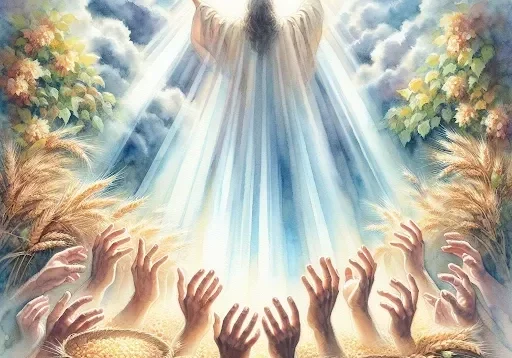
I’m a Christian and I Got No Startup Money!

Tempted to Abandon My Calling
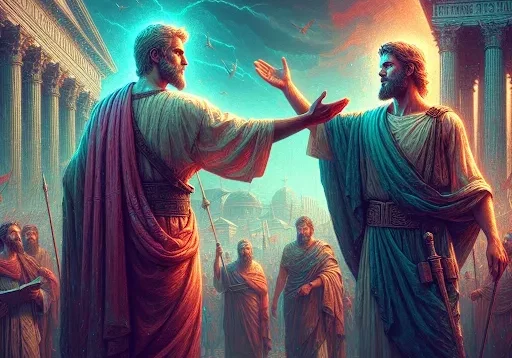
Standing With Israel, Day by Day

